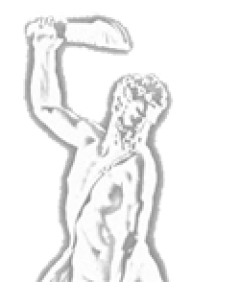The most important source of information on the Jewish Lilith is the Zohar. The Zohar is essentially a Kabbalistic Midrash (i.e. a collection of commentaries) on the Torah (first five books of Old Testament). The Zohar is thus the most important work of Kabbalah, as it largely defines Kabbalistic beliefs. The Zohar consists of twenty-two volumes penned by Rabbi Moses de Leon around 1200 CE in Spain. However, long before Moses codified the Zohar on that date, many of its Midrashes doubtlessly had a long oral tradition. It has been surmised that the roots of its oral tradition may expend all the way back to Rabbi Simeon bar Yohai in the early Talmudic period (70 CE).
Lilith plays a surprisingly large role in the Zohar, and thus in Kabbalah. She is mentioned by name in 27 separate passages and by unnamed reference in a further 29, for a total of 56 references. The Zohar supports all the fundamental elements of Lilith’s legend. It holds that she was created at the same time as Adam from the dust of the earth, but whereas Adam was animated by the perfect light of God, Lilith was animated with the defective light of Samael (Lucifer). Furthermore, the Zohar states that when Adam’s body was created, a thousand defiled spirits tried to preemptively enter and animate his body, but God’s spirit descended and drove them away. God’s spirit then entered and animated the man. Apparently, the defiled spirits did succeed in preemptively animating Lilith, for the Zohar holds that she was animated to life before God descended and Adam was completed. The Zohar relates that Lilith was an unsuitable helpmate for Adam and fled from him. Lilith desired to mate with angels. She was also the Serpent who tempted Eve. The Zohar also confirms that Lilith is the slayer of children and that her spirit is the slaying spirit of the bitter water trial. Finally, the Zohar teaches that Lilith was androgynous with both male and female aspects, just as Adam.
